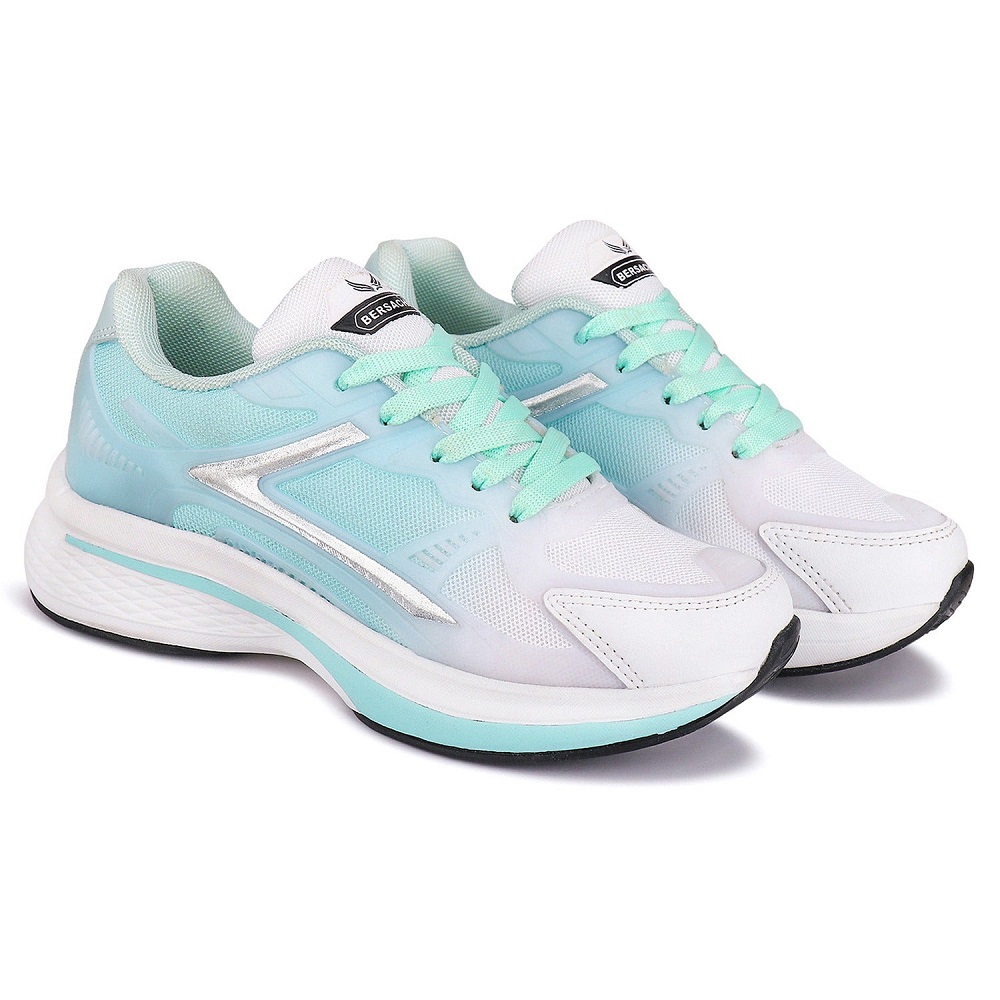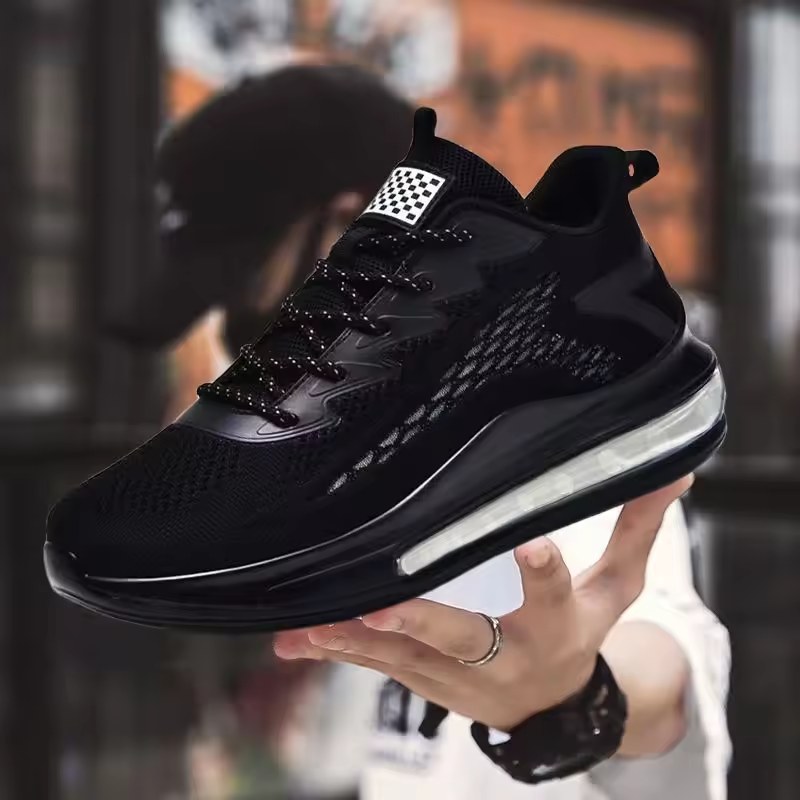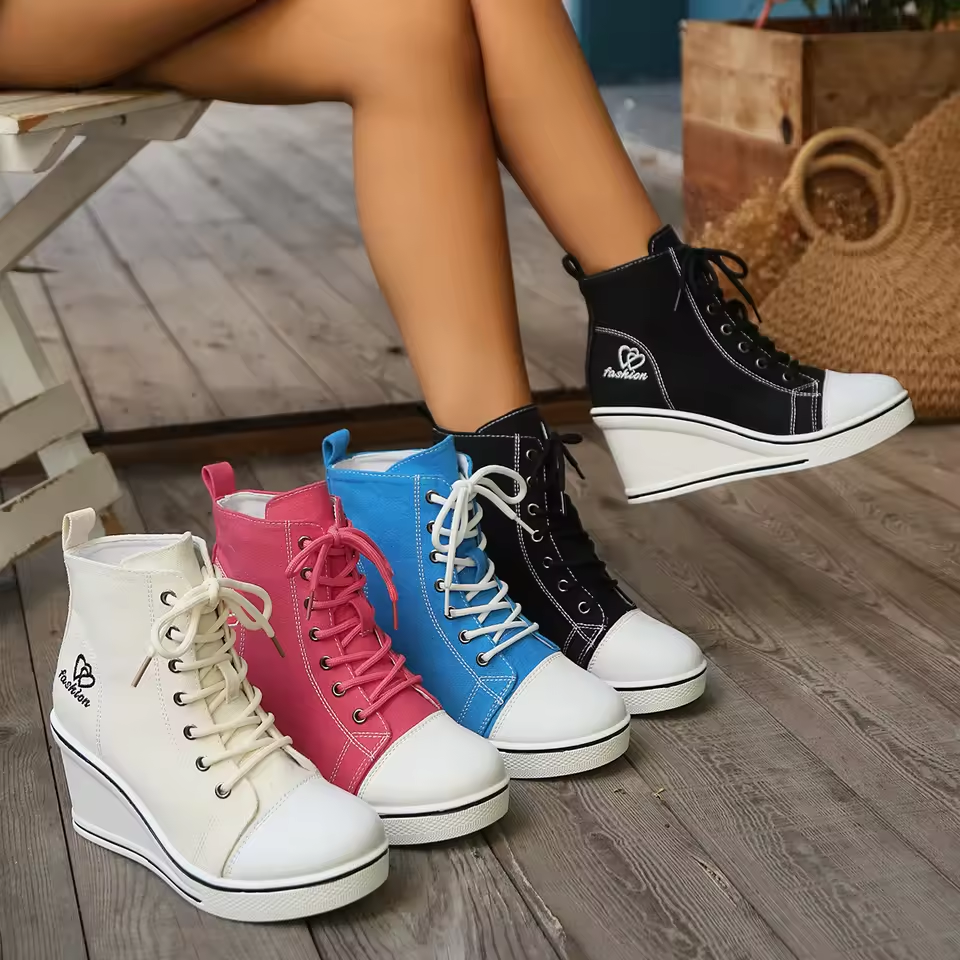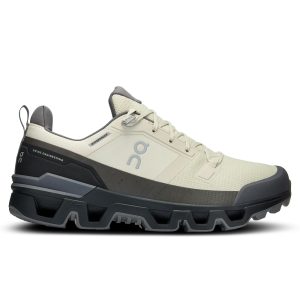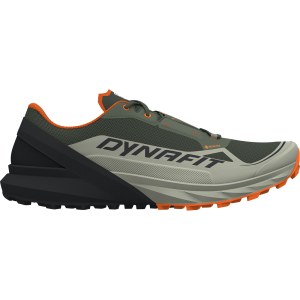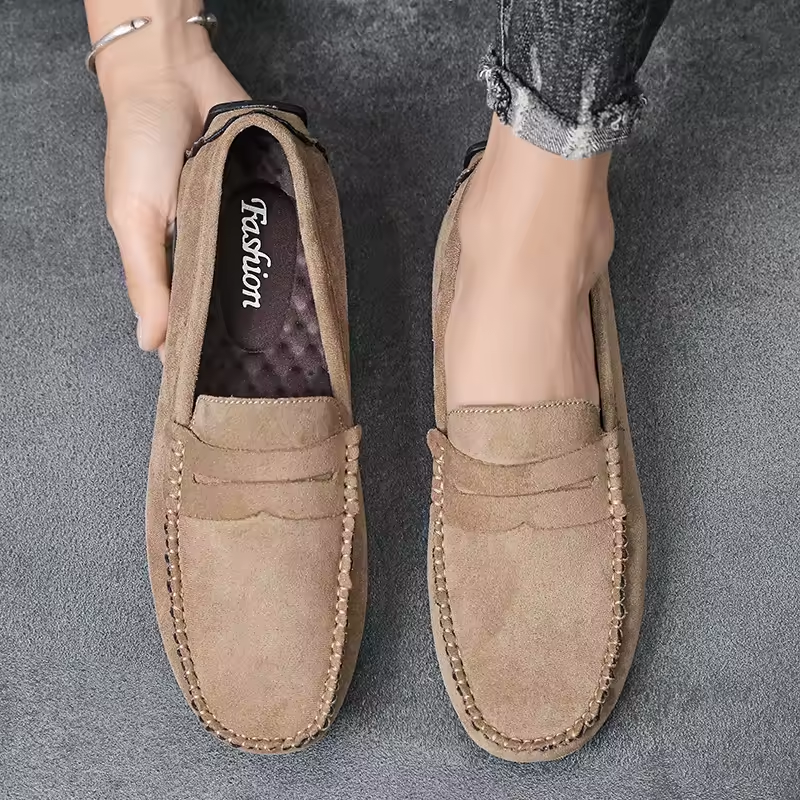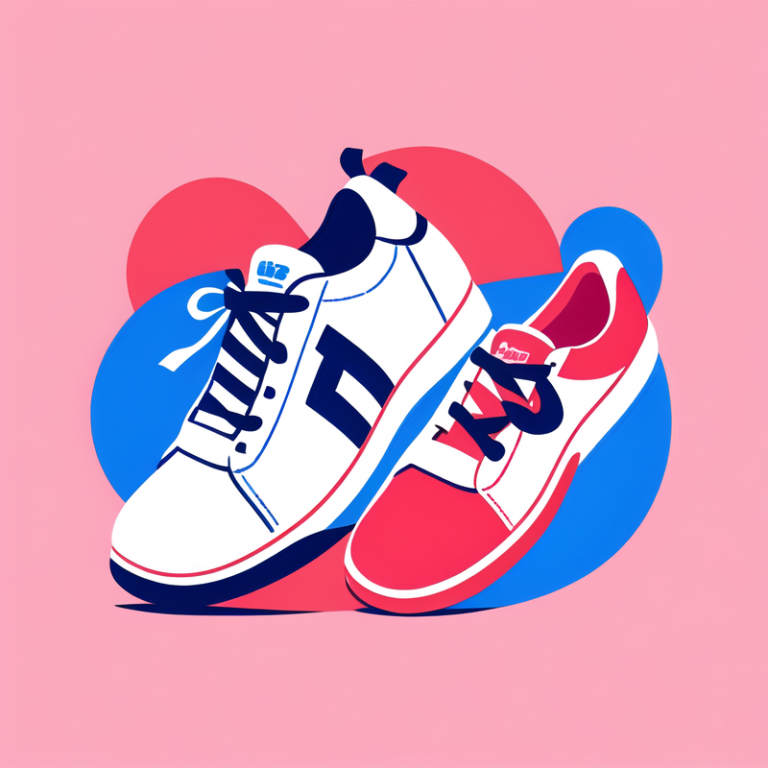Flat feet, also known as overpronation, can pose significant challenges for runners. This condition means that the arches of the feet have collapsed or are very low, resulting in less support and stability. As a result, runners with flat feet often experience discomfort, pain, and an increased risk of injuries. Selecting the right running shoes is essential to ensure a comfortable and enjoyable running experience. This article will explore the essential features to look for when choosing the best running shoes for flat feet, highlighting the benefits of supportive footwear.
Understanding Flat Feet and Their Implications
The Basics of Flat Feet
Flat feet occur when the arch of the foot is either absent or very low. This condition affects the way a person walks or runs, leading to potential misalignment of the knees and hips. Many individuals with flat feet do not experience any discomfort, but for others, this condition can lead to pain or fatigue during and after physical activities.
Flat feet can have various causes, including genetics, injury, or certain medical conditions. It is crucial for runners to understand their foot structure and how it impacts their running mechanics. Doing so can help them select shoes that provide the appropriate support and cushioning.
Common Ailments Associated with Flat Feet
Runners with flat feet are more susceptible to specific injuries. These can include plantar fasciitis, shin splints, and knee pain. Without proper arch support, the muscles and ligaments in the foot must work harder to stabilize the body, leading to increased strain.
Recognizing these challenges highlights the importance of choosing appropriate footwear. Wearing supportive shoes can alleviate discomfort and reduce the likelihood of injuries. Runners should prioritize finding shoes that accommodate their feet and enhance their overall running experience.
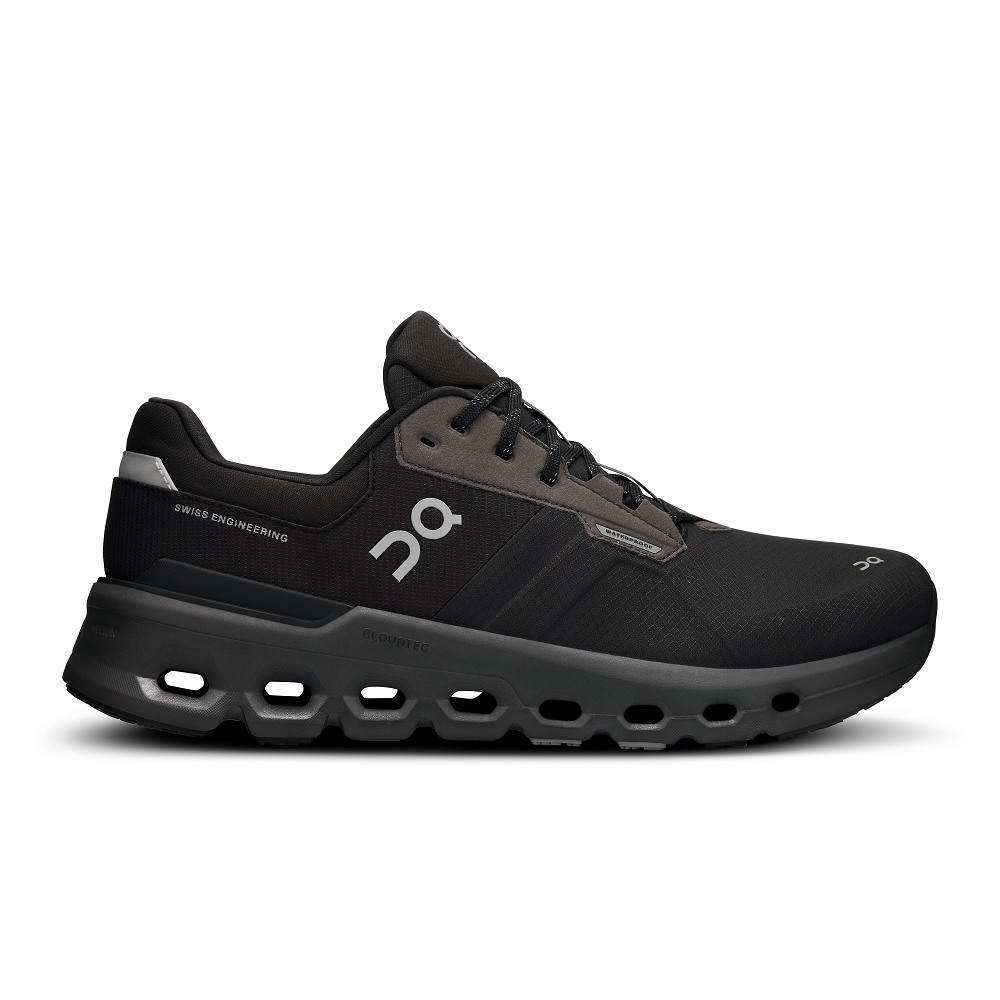
Arch Support: A Key Feature
Importance of Arch Support
One of the most critical features to look for in running shoes for flat feet is arch support. Adequate arch support helps to maintain proper foot alignment, reducing the risk of overpronation. This is essential for individuals with flat feet, as a lack of support can lead to excessive inward rolling of the foot during each stride.
Good arch support can also prevent fatigue and discomfort. When the arches are adequately supported, the feet require less effort to maintain stability, allowing for a more comfortable running experience. This feature can significantly enhance performance over longer distances.
Different Types of Arch Support
Running shoes come with various levels of arch support. Some shoes have built-in orthotics or insoles designed to provide added stability. In contrast, others may have removable insoles, allowing runners to customize their shoes with prescription orthotics that meet their specific needs.
When choosing running shoes for flat feet, it is essential to try on different options to see which provides the best support. Pay attention to how the shoes feel upon first wear and during movement. That initial comfort can be a strong indicator of how well the shoes will perform during longer runs.
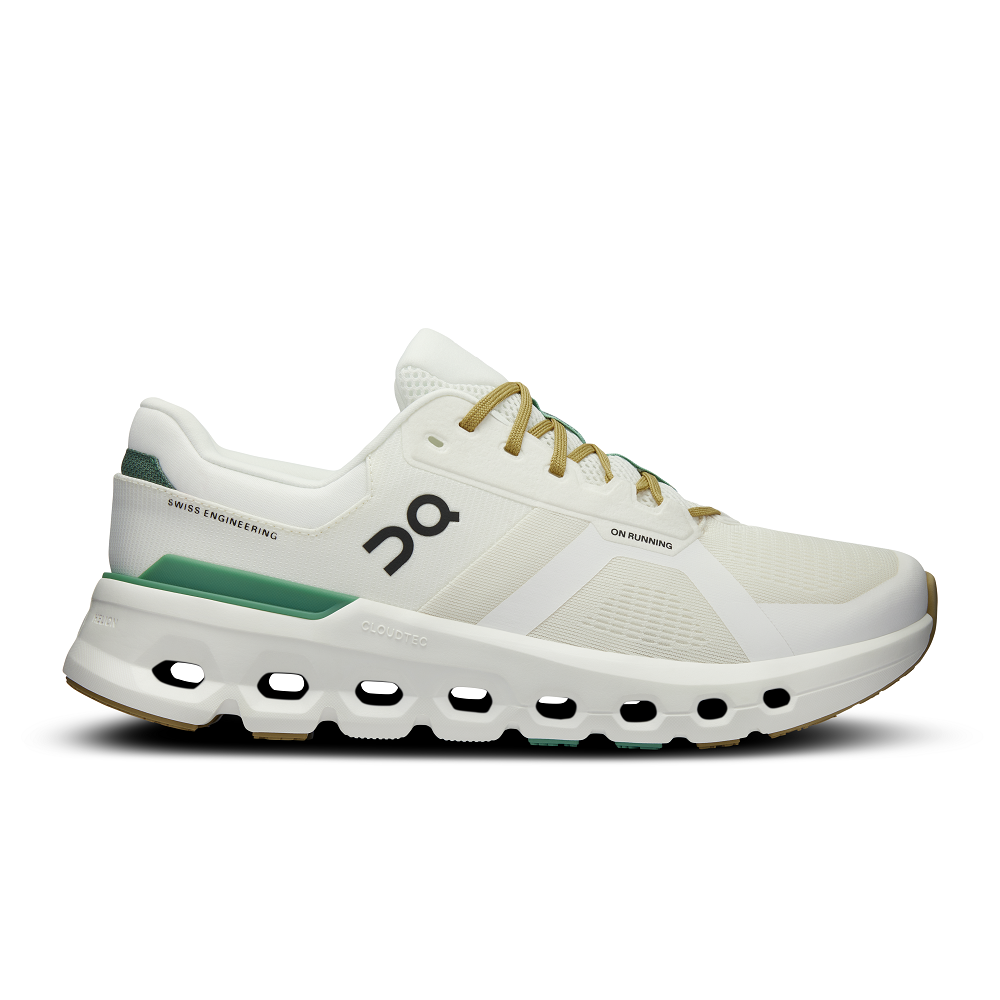
Stability and Motion Control Features
The Role of Stability in Running Shoes
Stability is another crucial feature for runners with flat feet. Stability shoes are specifically designed to provide support and reduce excessive motion. These shoes typically have firmer materials on the medial side of the shoe, which helps control pronation.
Runners with flat feet often benefit from shoes with a blend of cushioning and stability. This combination allows for comfortable strides without sacrificing the necessary support. Choosing stability shoes can improve overall running form, making each stride more efficient.
Motion Control Shoes for Severe Flat Feet
For individuals with more severe flat feet or significant overpronation, motion control shoes may be the best choice. These shoes offer additional support and can help minimize excessive movement during a run. Motion control shoes typically have a more rigid structure, providing maximum stability to keep the foot in a neutral position.
Having the right degree of motion control ensures a smooth running experience while keeping potential injuries at bay. It’s crucial for runners to assess their foot mechanics and consider the level of support needed before making a purchase.
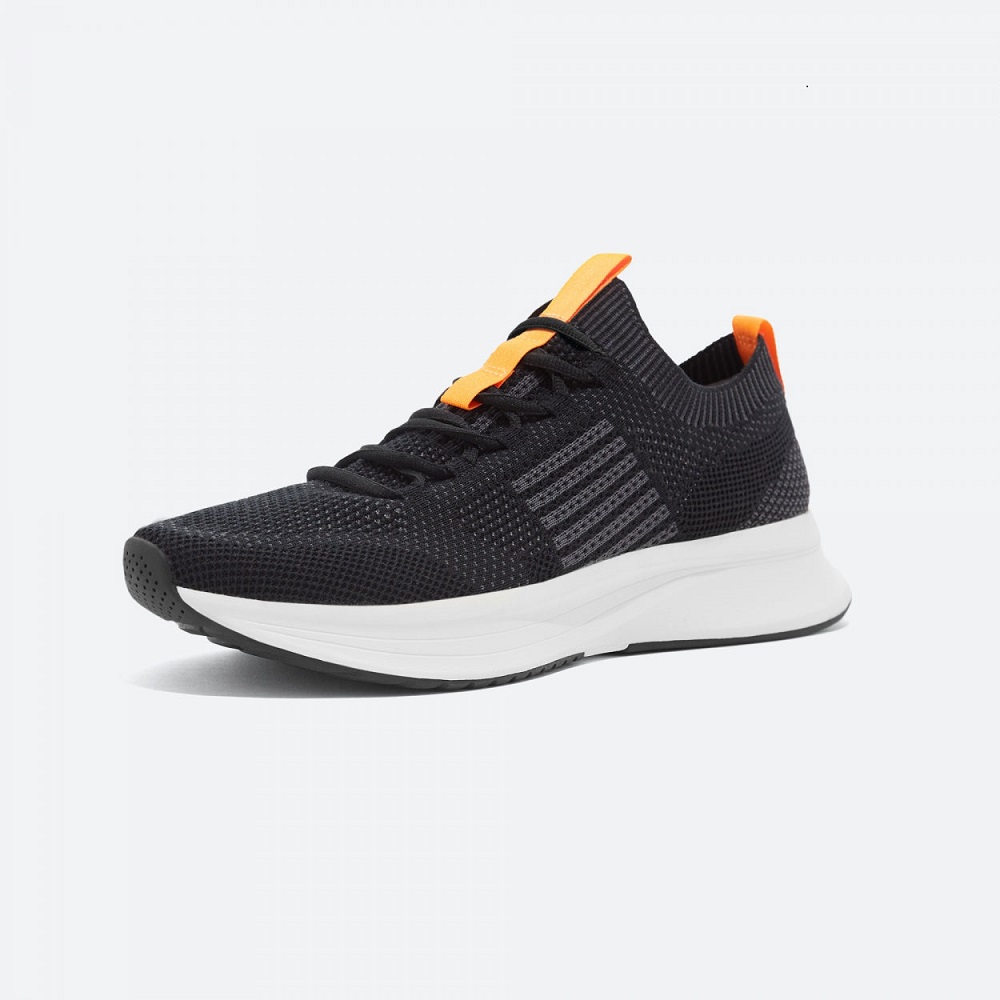
Cushioning for Comfort
Importance of Cushioning in Running Shoes
Adequate cushioning is another essential feature for runners with flat feet. A properly cushioned shoe can absorb impact during foot strikes, reducing stress on the joints. This is crucial for flat-footed runners, who may experience greater shock due to their foot structure.
Cushioning helps to provide a comfortable running experience by reducing pressure points and alleviating fatigue. The right amount of cushioning can create a comfortable environment for the feet, allowing for longer runs without discomfort.
Types of Cushioning Systems
Different shoes employ various cushioning systems. Some shoes feature foam cushioning, while others use gel or air technologies. This variety allows runners to find the best fit for their specific needs and preferences.
It is essential to assess how much cushioning feels comfortable while maintaining the necessary support. Each runner’s preferences may differ, with some favoring soft, plush cushioning while others may prefer firmer options. Testing each type can help pinpoint the best choice.
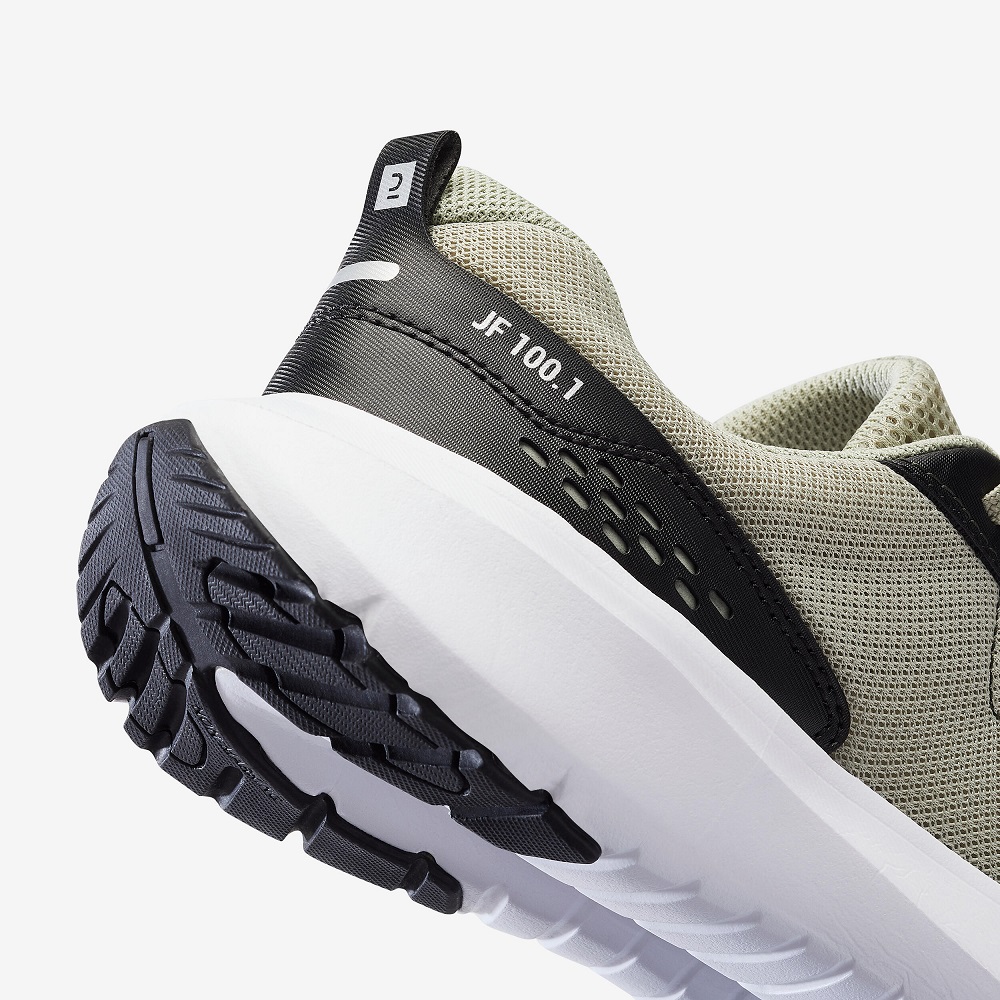
Fit and Sizing Considerations
Importance of the Right Fit
Finding the right fit is essential when selecting running shoes for flat feet. Shoes that fit well will enhance comfort and performance while preventing blisters and other issues. The wrong size can lead to increased foot movement within the shoe, exacerbating problems related to flat feet.
A proper fit should provide a snug feeling around the midfoot and heel while allowing enough room in the toe box. Runners should also consider trying on shoes later in the day when feet are likely to be slightly swollen, ensuring a more accurate fit.
Trying Different Brands and Styles
Every brand has different sizing conventions, so what fits well in one brand may not in another. It is advisable to try on several different brands and styles while shopping. Take time to walk around and even jog in the shoes if possible to get a sense of how they feel during movement.
Using socks that one would normally wear when running can improve the accuracy of fit testing. Some stores specialize in running shoes and will offer personalized fitting assistance, which can greatly help in finding the right pair.
Durability and Quality
The Importance of Durability
Durability should also be a priority when choosing running shoes for flat feet. The right shoes should withstand the rigors of regular running while maintaining their support and cushioning properties. Over time, wear and tear can lead to a loss of arch support, cushioning, and stability, which can negatively impact performance and comfort.
It’s essential to research the materials used in shoes, as high-quality materials offer better longevity. Well-constructed shoes ensure that they can keep up with consistent use over many miles, providing the needed support throughout their lifespan.
Signs It’s Time to Replace Your Shoes
Runners should be aware of the signs indicating it may be time to replace their shoes. Common indicators include a noticeable decrease in cushioning, visible wear on the outsoles, or discomfort during runs. As a general rule, running shoes should be replaced every 300 to 500 miles, but this can vary based on a runner’s weight, running style, and the type of terrain.
Keeping track of mileage and regularly inspecting shoes for signs of wear helps ensure that runners maintain optimal support and comfort as they log their miles.
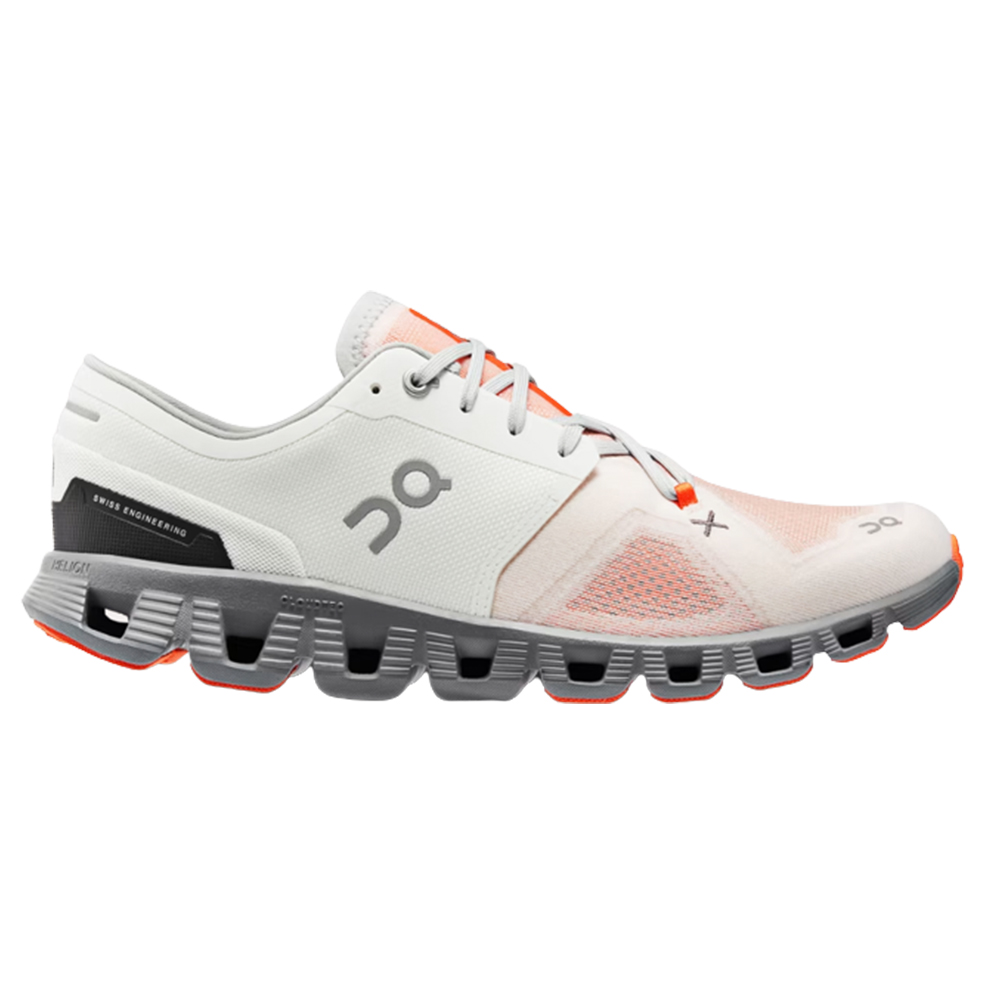
Choosing the Right Shoes for Your Running Style
Assessing Your Running Gait
When selecting the best running shoes for flat feet, it is vital to take into account individual running styles and gaits. Having a gait analysis done can provide essential insights into how a person runs and which shoes will offer the best support. Many specialty running stores offer gait analysis services that evaluate foot movement, impact, and stride.
Understanding one’s running gait assists in selecting the right level of stability and cushioning. Some runners may find they need an extra level of support, while others may require more cushioning. Analyzing running style not only informs shoe selection but can also enhance running performance overall.
Testing Shoes Before Making a Decision
After narrowing down potential choices, it’s advisable to test the shoes out before making a final purchase. A trial run, even if only around the store, can provide crucial insights into how the shoes feel. Pay close attention to how the shoes accommodate the arches and how the cushioning feels upon impact.
Many running stores have return policies that allow for testing shoes outside of the store environment. This can be particularly useful for ensuring that the chosen pair meets the needs during actual runs and provides the necessary comfort and support.
Finding Your Perfect Running Shoes
In conclusion, choosing the best running shoes for flat feet requires careful consideration of various features. Paying attention to arch support, stability, cushioning, fit, and durability can significantly improve a runner’s experience. Each runner has unique needs that must be addressed in order to ensure comfort, reduce injury, and enhance performancre.
Runners with flat feet should prioritize shoes that provide the support necessary to accommodate their foot mechanics. Alongside finding the right features, runners should also focus on their individual running styles and preferences. With the right knowledge and preparation, choosing the perfect running shoes can become a rewarding experience.
Investing in quality footwear makes a considerable difference in the journey of any runner. By understanding the unique requirements associated with flat feet, you can confidently select the right shoes for your running adventures. A great pair of running shoes can be the key to achieving your personal best while keeping your feet happy and healthy.
